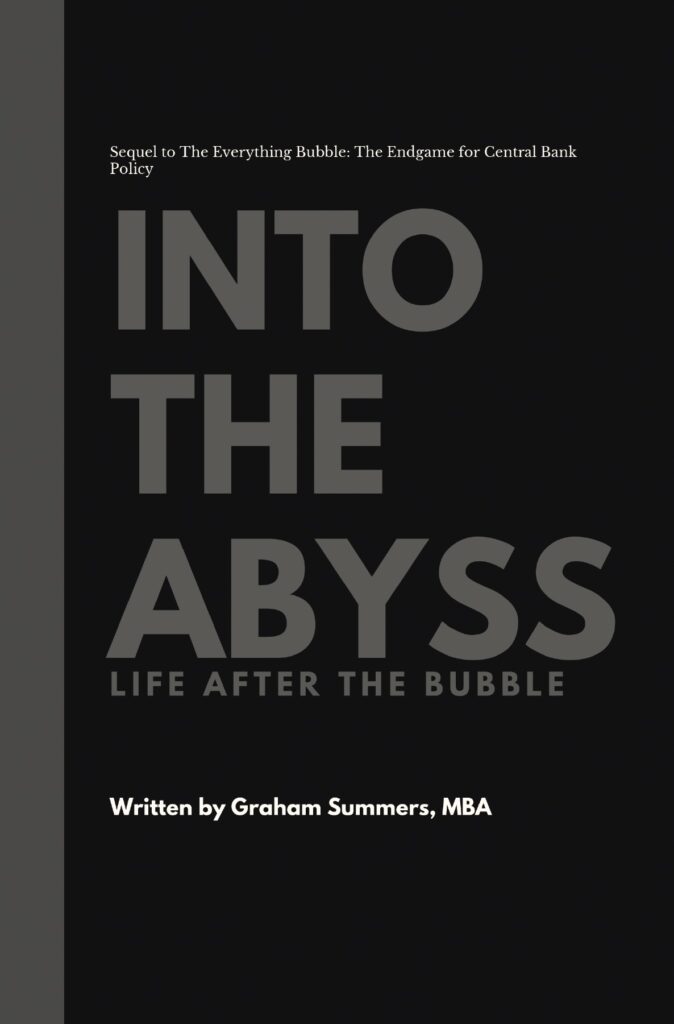THE ONLY REPORT INVESTORS NEED TO KNOW WHEN TO GET OUT OF STOCKS
LISTEN TO OUR PODCAST.
GRAHAM'S NEW BOOK WAS THE #1 NEW RELEASE IN FOUR CATEGORIES ON AMAZON
HOT TOPICS.
- 2008
- bail-ins
- bear market
- Bernanke
- big banks
- bond bubble
- bonds
- BOVESPA
- Carry Tax
- cash ban
- central banks
- China
- collapse
- contraction
- crash
- crisis
- debt
- debt crisis
- debt implosion
- deflation
- Derivatives
- economic collapse
- Federal Reserve
- inflation
- interest rates
- investing
- Jp MOrgan
- meltdown
- NIRP
- Operation Twist
- PboC
- Private wealth
- QE
- recession
- S&P 500
- slowdown
- stock market crash
- stocks
- TBTFs
- the Fed
- the market
- US Dollar
- War on cash
- Yellen
- ZIRP
Tag Archives: PboC
It’s Official: Central Banks Are Losing Control
For six years, the world has operated based on faith and hope that Central Banks somehow fixed the issues that caused the 2008 Crisis. All of the arguments supporting this defied common sense. A 5th grader knows that you cannot … Continue reading
Posted in It's a Bull Market
Tagged BoJ, bond bubble, bonds, debt crisis, debt implosion, ECB, interest rates, PboC, the Fed
Comments Off on It’s Official: Central Banks Are Losing Control
One by One Central Banks Are Losing Control
Since 2008, the Keynesians running global Central Banks had always suggested that there was no problem too great for them to handle. They’d promised to do “whatever it takes,” to maintain the financial system and print the world back to … Continue reading
Posted in It's a Bull Market
Tagged bond crisis, central banks, China, debt crisis, financial collapse, market alert, PboC, SNB, stock market crash, the Fed
Comments Off on One by One Central Banks Are Losing Control




